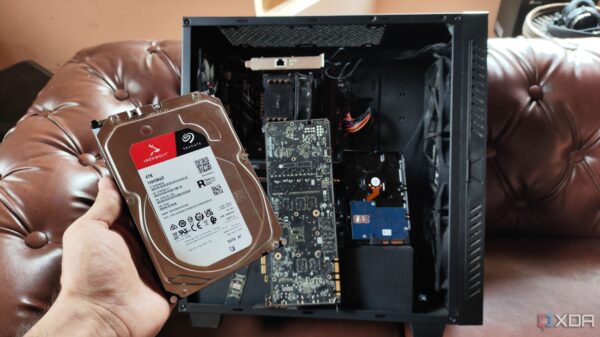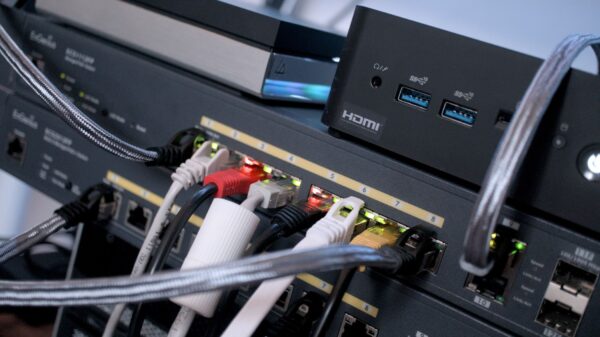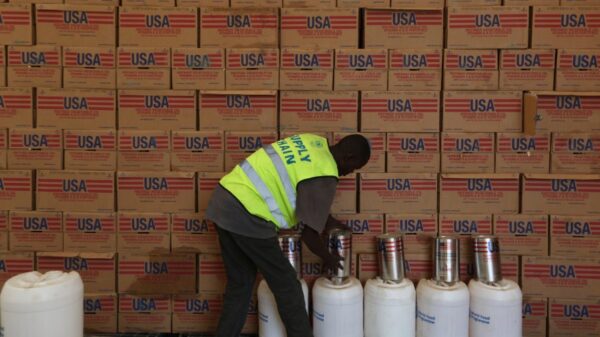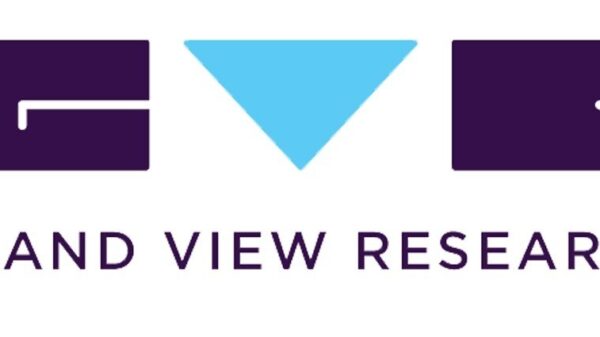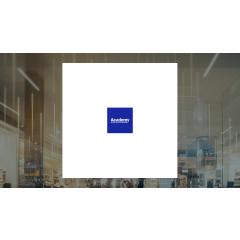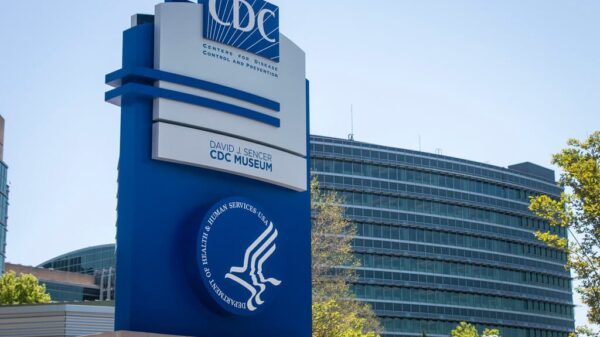The global market for lateral flow assays (LFAs) is set to expand significantly, with projections estimating a rise to USD 17.44 billion by 2033. This growth represents a compound annual growth rate (CAGR) of 6.98% from 2025 through 2033, according to a report from Grand View Research, Inc. The surge in market demand is largely driven by the increasing incidence of infectious diseases, continuous advancements in assay technology, and the rising use of rapid diagnostic tests in home care and point-of-care environments.
The COVID-19 pandemic underscored the critical need for prompt detection and self-testing mechanisms, which led to a significant increase in the adoption of LFAs in both homecare and clinical settings. The emergence of infectious threats, including the highly pathogenic avian influenza A (H5N1) virus, has further amplified the need for effective diagnostic solutions. A particularly alarming incident in 2025 involved a case of H5N1 in Louisiana, USA, resulting in a fatality due to inadequate protective measures, highlighting the urgent demand for reliable point-of-care testing.
Technological innovation is a pivotal factor propelling market growth. Enhanced assay designs, signal amplification methods, and digital integration have improved the sensitivity, specificity, and overall functionality of LFAs. Notably, the introduction of smartphone-compatible devices and cloud connectivity allows for real-time data analysis, significantly broadening the applications of these diagnostics. An example of this innovation is Abingdon Health plc‘s launch of Boots’ own-brand saliva-based pregnancy self-test in 2024, shifting the focus from traditional urine-based testing to non-invasive saliva diagnostics, which improves accessibility and user experience.
Despite the promising advancements in the LFA market, it faces challenges related to regulatory compliance, performance consistency, and manufacturing efficiency. Regulatory bodies, such as the USFDA and EMA, enforce stringent standards to ensure diagnostic accuracy and consumer safety, which in turn foster ongoing product enhancement and innovation. Variations in sensitivity and specificity can occur based on assay design and sample type; however, ongoing research and the adoption of advanced detection technologies are helping to mitigate these issues. This ongoing evolution is motivating companies to enhance the reliability of their assays, accelerate approval timelines, and bolster trust in point-of-care diagnostics.
Market Insights and Segmentation
The report reveals several key insights into the lateral flow assays market. In 2024, the kits and reagents segment captured the largest revenue share at 66.50%, driven by the increasing adoption of LFAs and heightened research and development activities. The clinical testing application dominated the market with a revenue share of 74.33%, propelled by the rising incidence of infectious diseases, government initiatives, and advancements in rapid diagnostic technologies. Among techniques, the sandwich assays segment led the market with a revenue share of 38.75%, attributed to their high accuracy and ease of use.
Hospitals and clinics emerged as the primary end users, commanding the largest revenue share in 2024. This growth is fueled by the essential role of primary care settings in diagnosing and managing a diverse range of medical conditions, thereby increasing the demand for advanced diagnostic solutions. The North American lateral flow assays market accounted for the largest revenue share of 35.44% in 2024, supported by the widespread availability and affordability of cutting-edge lateral flow assays.
The market segmentation conducted by Grand View Research has categorized the lateral flow assays market based on product, application, technique, end use, and region. Key product categories include kits and reagents, lateral flow readers, and digital/mobile readers. Applications span clinical testing, veterinary diagnostics, and food safety, while techniques include sandwich assays and multiplex detection assays.
Overall, the lateral flow assays market is poised for substantial growth as demand for rapid diagnostic solutions expands in response to emerging health threats and advancements in technology.


